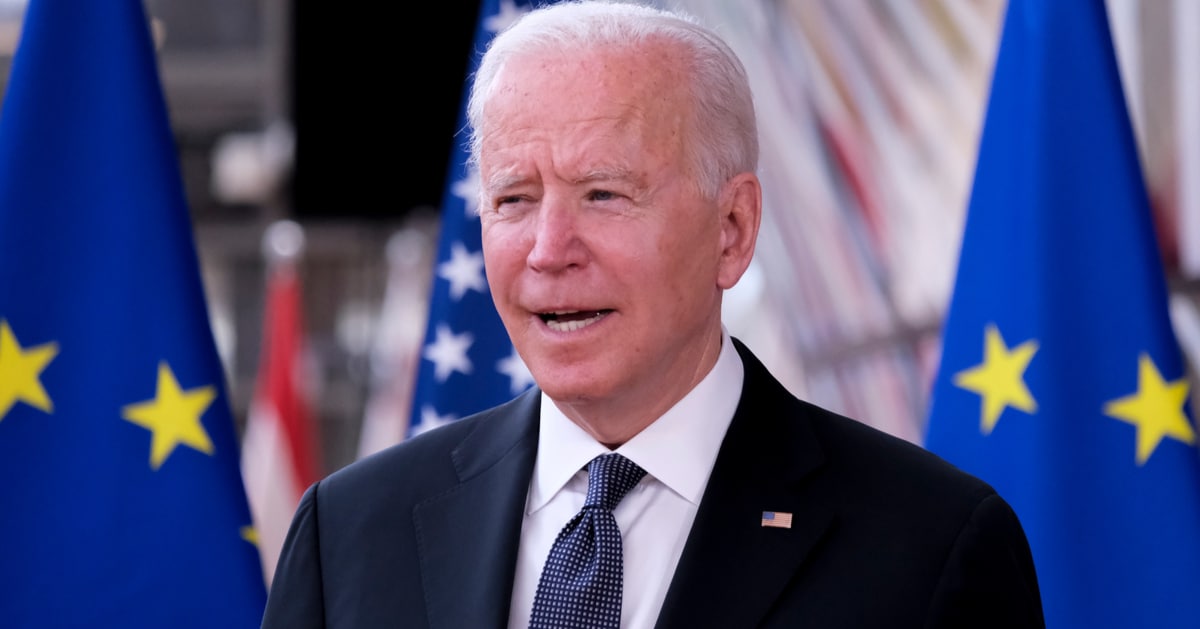



Illegal immigration in the United States is decreasing significantly, leading to the shutdown of several migrant shelters along the border and across the country.
The Daily Caller reported that migrant shelters, which have relied on taxpayer funding, face closure as fewer migrants need assistance, reflecting a significant shift in border enforcement strategy under President Donald Trump.
The Trump administration's firm approach to border enforcement has resulted in a notable decline in illegal immigration.
With fewer individuals crossing the border unlawfully, there is consequently a reduced need for shelters once filled to capacity during the height of the border crisis.
This shift marks a stark contrast to the situation under the previous administration, where the influx of migrants necessitated extensive resources.
During the Biden administration, American taxpayers funded migrant shelter facilities in states like Texas, California, and New York at an unprecedented scale.
These funds supported a high capacity of services when illegal immigration numbers were peaking. The shelters, designed to provide safe haven and essential services, were critical in managing the surge of migrants arriving at the borders.
Now, with fewer migrants needing these services, the once-bustling shelters are winding down operations. This development stems from the significant drop in migrant numbers due to strict enforcement measures spearheaded by President Trump. The current circumstances have made the cost of maintaining these shelters less justifiable in the eyes of policymakers.
Under President Trump, the administration's focus on bolstering border security has been apparent, resulting in a noteworthy reduction in the rate of illegal immigration.
The strategic implementation of rigorous border enforcement policies has effectively curtailed the influx, prompting a decrease in demand for migrant shelter services. This significant change reflects the administration's commitment to adjusting immigration policies.
With the reduced need for shelters, many institutions face closure, leaving their operations in uncertain territory. The drop in illegal crossings showcases an adjustment in immigration strategy, with a greater emphasis on enforcement leading to these closures. It underscores a period of transition from a state of emergency to one of stability.
The financial impact of maintaining shelters during periods of high migrant arrivals was substantial. Taxpayers were responsible for the hundreds of millions of dollars spent on shelter facilities deployed across key states. At the peak of the border emergency, these expenditures reflected the urgent need to support a large number of new arrivals needing care and housing.
As the border crisis subsides, these shelters stand nearly empty, prompting questions about the economic feasibility of their continued operation.
The decline in migrant numbers has directly influenced the decision to shutter these facilities. Closure reflects a fiscal pivot by reallocating resources from this now diminished crisis.
The shift in immigration dynamics points to a broader change in how the United States manages its southern border.
The alteration from high migrant arrivals to a period of decreased crossings marks a transition influenced by targeted policy changes. This new era emphasizes control, with the administration's actions at the forefront of the decline.
Shelter closures demonstrate the tangible effects of these policies, underscoring a response to reduced migrant needs. The landscape now lacks the urgency of prior years, signaling an administrative victory in deterring illegal immigration to manageable levels. These changes are prominently shaping the discussion around the future of immigration policy.
The closing of shelters highlights the challenges faced by facilities initially designed to handle crisis-level migrant arrivals. With a new reality of decreased need, the facilities are adjusting their approaches. The shelter model, while pivotal during emergency times, now faces reevaluation as demand diminishes.
This situation raises questions about the role of these facilities moving forward. As the situation stabilizes, considerations include repurposing or downscaling resources to fit current needs. The realignment aligns with present border conditions, ensuring effective use of taxpayer funds in the evolving landscape.



